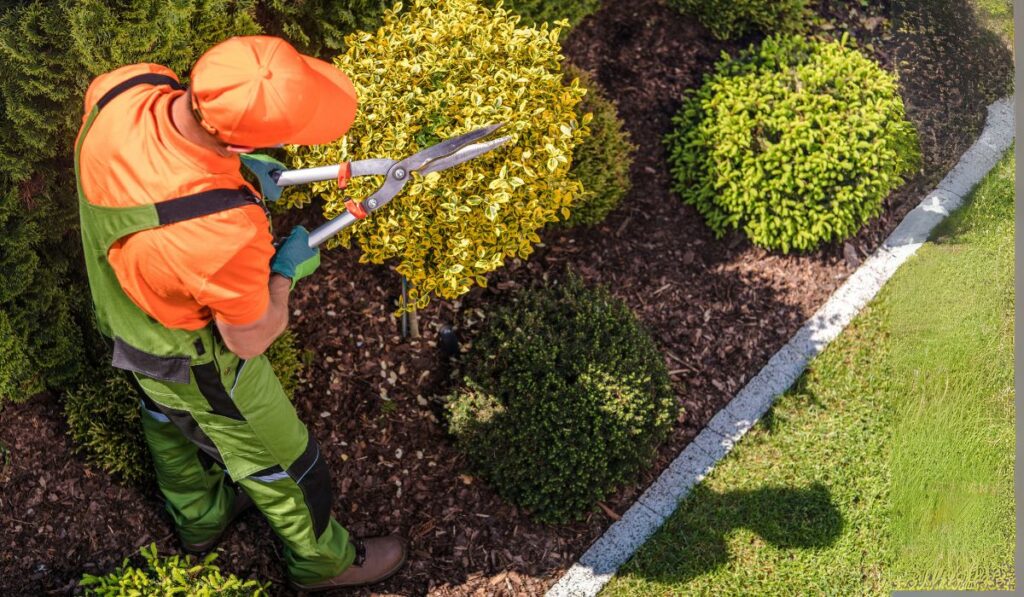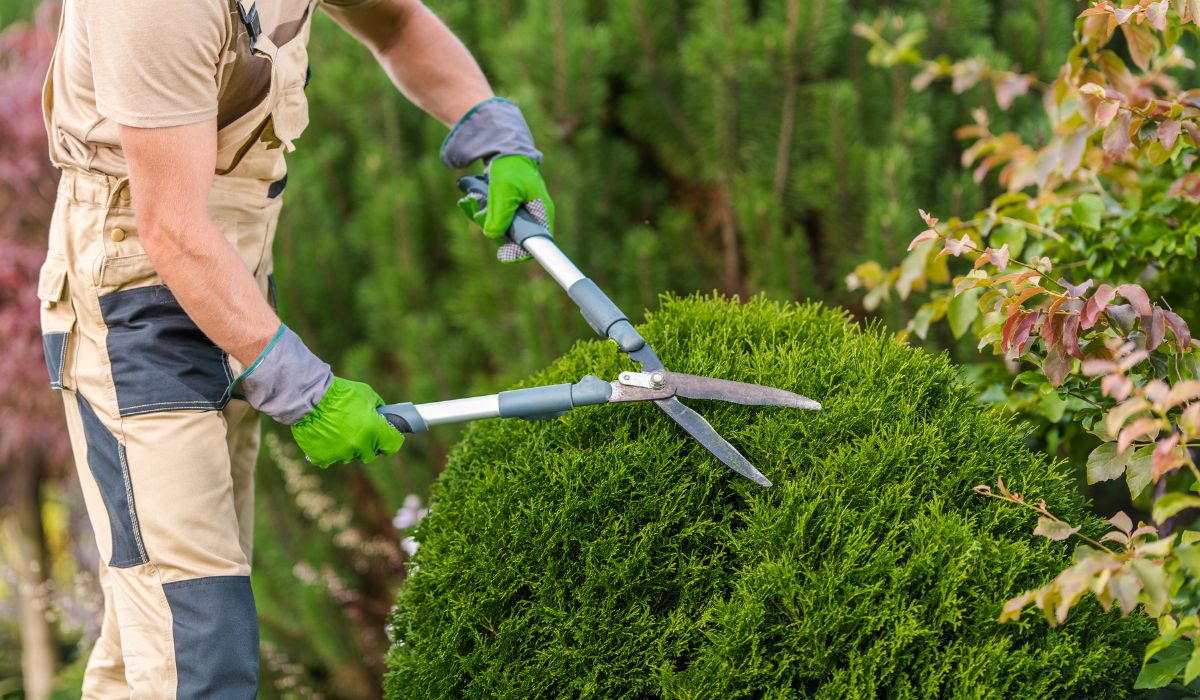What Legal Permissions Do You Need to Prune Protected Trees?
Trees are an essential part of our natural environment, providing beauty, shade, and important ecological benefits. However, not every tree on private or public land can be pruned, trimmed, or removed without proper authorisation. In the UK, certain trees are legally protected, meaning you must follow specific rules before carrying out any pruning or maintenance work. Understanding these legal requirements is crucial for homeowners, property managers, and developers alike. Failing to obtain the correct permissions can result in heavy fines, legal action, and lasting damage to valuable trees. To learn more about these regulations, see our detailed guide on Tree Preservation Orders (TPOs) and Legal Compliance, where Tree Surgeon Middlesbrough explains the key permissions you need and how to ensure your pruning project stays within the law.
Understanding Tree Protection in the UK
In the UK, trees may be protected under Tree Preservation Orders (TPOs) or by being located within a conservation area. Both types of protection place restrictions on what work can be done without prior approval.
- Tree Preservation Orders (TPOs):
A TPO is issued by a local council to protect specific trees or woodlands that have significant public amenity value. It makes it illegal to cut down, top, lop, uproot, or wilfully damage the tree without written consent. - Conservation Areas:
Trees located within designated conservation areas are also protected if they exceed a certain size (typically with a trunk diameter over 75mm measured 1.5 metres above ground level). Even if the tree does not have a TPO, you usually need to give the local council at least six weeks’ written notice before carrying out any work.
These protections ensure that important trees remain part of the landscape, preserving local character and biodiversity.
When Permission Is Required for Pruning
Pruning a protected tree, even for routine maintenance, usually requires permission. Actions such as crown reduction, thinning, pollarding, or removing significant branches fall within the scope of TPO legislation.
You must seek consent if you plan to:
- Remove any part of the tree that might affect its overall appearance or health.
- Carry out heavy reductions, topping, or lopping.
- Remove dead wood beyond what is considered minor safety work.
It is always safer to check with the local council before proceeding. Even well-intentioned pruning can be considered unlawful if it affects the tree’s long-term health or shape.
Exceptions to the Rules

There are limited circumstances where you may not need formal permission, such as:
- Dead or Dangerous Trees: If a tree is dead or poses an immediate danger, you may remove or prune it to make it safe. However, it is advisable to gather photographic evidence and notify the council beforehand to avoid disputes.
- Small Branches or Routine Maintenance: Minor pruning of small branches to maintain clearance from buildings or paths may be exempt, provided it does not affect the tree’s overall form.
- Fruit Trees in Private Gardens: Fruit trees used for commercial fruit production are often exempt from TPO restrictions when pruning is required for cultivation.
Despite these exceptions, it’s best to seek professional advice to confirm whether your planned work qualifies.
Applying for Permission
If the tree is protected, you will need to submit a formal application to your local planning authority. The process typically involves:
- Identifying the Tree and Proposed Work: Provide details of the location, species, and exact pruning or removal work you wish to undertake.
- Supporting Evidence: Include photographs, an arborist’s report, or a professional tree surgeon’s recommendation to justify the work.
- Council Review: The local council will assess the application, considering the tree’s health, its impact on the landscape, and whether the proposed work is necessary.
- Decision Period: Councils usually have up to eight weeks to respond.
Failure to wait for approval before starting work can result in prosecution and fines of up to £20,000 in a magistrates’ court, or an unlimited fine if the case goes to the Crown Court.
Responsibilities of Tree Owners
If you own a protected tree, you remain responsible for its care and maintenance, even if permission is required for certain works. This means:
- Monitoring the tree for signs of disease, decay, or structural weakness.
- Keeping branches clear of buildings, roads, and overhead cables.
- Engaging qualified professionals to carry out any work in compliance with UK standards (BS3998:2010 for tree work).
A proactive approach not only keeps the tree healthy but also ensures public safety.
Why Hire a Professional Tree Surgeon
Pruning a protected tree is not only a legal matter but also a highly skilled task. Incorrect cuts can harm the tree, encourage disease, or create future hazards. A certified tree surgeon, such as Tree Surgeon Middlesbrough, can:
- Check the protection status of the tree and advise on permissions.
- Prepare and submit the necessary applications to the local council.
- Carry out the work to professional standards, ensuring the tree remains healthy and visually appealing.
- Provide documentation to demonstrate compliance, protecting you from legal disputes.
Attempting DIY pruning without professional guidance is risky and may result in both legal penalties and damage to the tree.
Consequences of Ignoring Legal Requirements
Pruning or felling a protected tree without the required permissions is a serious offence. Penalties include:
- Fines up to £20,000 for unauthorised work on trees under a TPO.
- Unlimited fines for cases prosecuted in the Crown Court.
- Orders to plant replacement trees at your own expense.
These penalties reflect the importance of preserving mature and historic trees as valuable community assets.
How to Check If a Tree Is Protected
Before undertaking any tree work, you can:
- Contact Your Local Council: The planning department can confirm whether a TPO applies or if the property is in a conservation area.
- Search Online Registers: Many councils provide searchable maps of protected trees.
- Consult a Tree Surgeon: Professionals such as Tree Surgeon Middlesbrough can carry out site surveys and liaise with the council on your behalf.
Taking these steps before work begins ensures you stay compliant and avoid unexpected delays or fines.
Key Takeaway
Pruning a protected tree in the UK is not as simple as picking up a saw. Whether a tree is covered by a Tree Preservation Order or located in a conservation area, you must follow strict legal procedures before carrying out any significant work.
By checking the tree’s status, seeking council approval where required, and engaging an experienced professional like Tree Surgeon Middlesbrough, you can maintain your trees responsibly while avoiding costly penalties. Proper care protects not only the health of your trees but also the character of the wider community.


Comments are closed